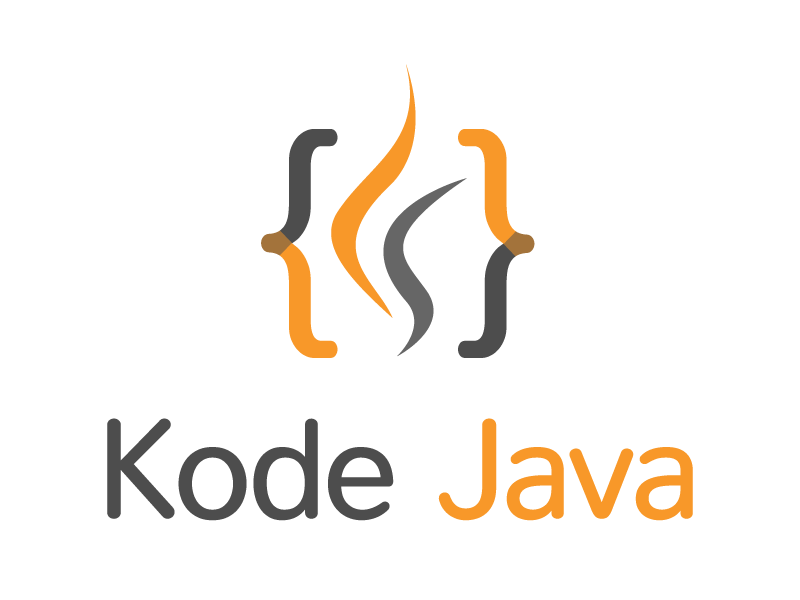package org.kodejava.jdbc;
import java.sql.Connection;
import java.sql.DriverManager;
import java.sql.DatabaseMetaData;
import java.sql.SQLException;
public class SystemFunction {
private static final String URL = "jdbc:mysql://localhost/kodejava";
private static final String USERNAME = "kodejava";
private static final String PASSWORD = "s3cr*t";
public static void main(String[] args) {
try (Connection connection =
DriverManager.getConnection(URL, USERNAME, PASSWORD)) {
DatabaseMetaData meta = connection.getMetaData();
// Get system functions supported by database
String[] functions = meta.getSystemFunctions().split(",\\s*");
for (String function : functions) {
System.out.println("Function = " + function);
}
} catch (SQLException e) {
e.printStackTrace();
}
}
}
Here are MySQL database supported system functions.
Function = DATABASE
Function = USER
Function = SYSTEM_USER
Function = SESSION_USER
Function = PASSWORD
Function = ENCRYPT
Function = LAST_INSERT_ID
Function = VERSION
Maven Dependencies
<dependency>
<groupId>com.mysql</groupId>
<artifactId>mysql-connector-j</artifactId>
<version>8.1.0</version>
</dependency>

